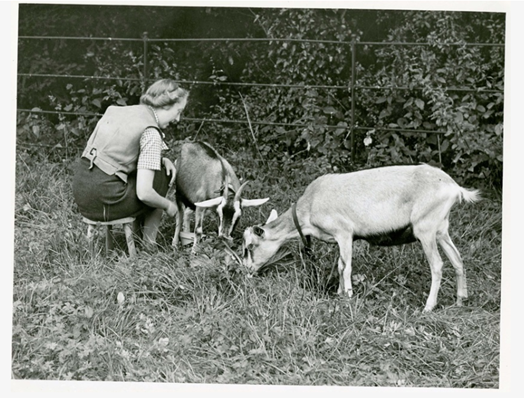Blog
Shona Stewart, Museum Education Officer
Janet Hogarth was the first woman to work in the Bank, appointed in 1894. Her job was to supervise a small team of women who sorted used banknotes. At the outbreak of the First World War there were only 65 women clerks appointed by the Bank, but this had risen to 1,309 by 1919.footnote [1]
The women clerks had a separate pay structure which was to remain until 1958 and were paid less than men. The salary scheme for the men was designed to provide a substantial increase about the time a man usually married, which the Bank judged to be around 28. The women in contrast had to leave the Bank on marriage, on receipt of a lump sum, which was essentially a dowry. This was because the Bank, in common with the Civil Service, operated a marriage bar that was strictly enforced. Whilst this may seem unfair today, the Bank were acting in accordance with public opinion of the time. The Bank’s marriage bar was finally rescinded in 1949, due to post war labour shortages.
At the outbreak of the Second World War, it was decided that ‘women clerks on the permanent staff who married could, at the discretion of the Governors, remain in the service with acting rank in a temporary capacity’.footnote [2] Wartime saw women’s range of work increase slightly to include basic clerical tasks. From 1939 to 1944 there was a 15 percent reduction in those employed in sorting and counting notes and a ten percent increase in those employed in clerical work.



